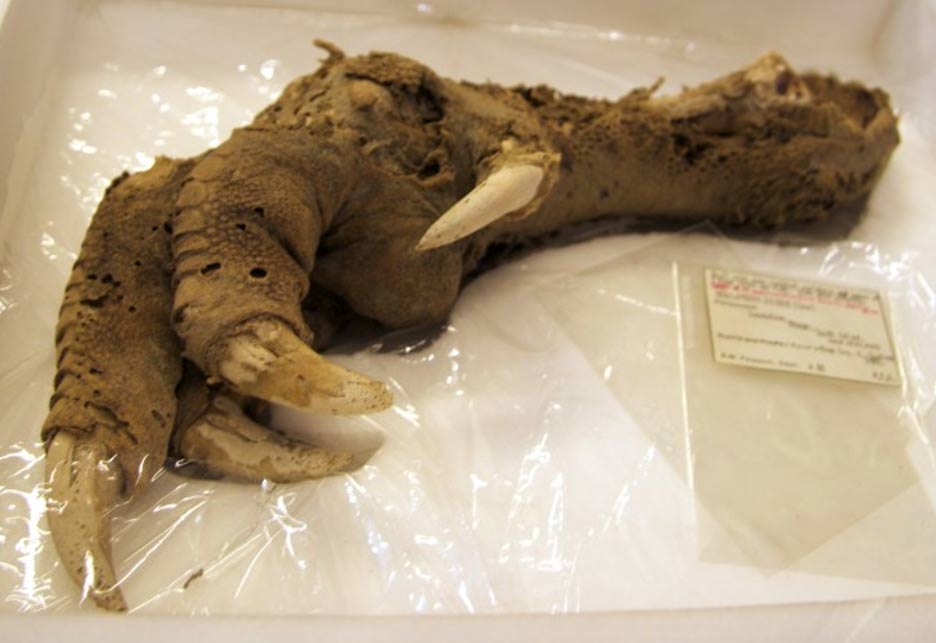- Feb 2, 2013
- 1,428
- 2,001
- Detector(s) used
- Many
- Primary Interest:
- All Treasure Hunting

Red-Coat,Fascinating, but the picture from ‘Ancient Origins’ is not of the Mount Owen specimen found in 1987. Several partial remains have been found over the years and the Mount Owen find is not as complete as that.
The pictured specimen was found at Queenstown in 1876 and has been in the London Natural History Museum collection since 1882. The discovered remains from Queenstown included the mummified head, neck and hind limbs, which are regarded as the holotype for Megalapteryx didinus.
View attachment 2137022
Credit: J. Erxleben - https://www.biodiversitylibrary.org/item/97410#page/417/mode/1up, Public Domain, https://commons.wikimedia.org/w/index.php?curid=4358385
Red-Coat,
Having a problm reading again, I see. Try reading the article again and dont forget to scroll down. You obviously mis-read or did not read the article. The confusion is obvious in your post and understanding.